Just entered the pit to make coffee, what kind of coffee beans should be chosen?
As a rookie who has just entered the pit to make coffee, I believe it will be difficult for everyone to choose when facing a dazzling variety of coffee beans. In the end, which country, which method of treatment, which baking degree, which type of flavor to describe the "pain mask", then let Qianjie solve this trouble shallowly.

Selection of producing area / producing area
A coffee planting belt has been formed from latitude 25 °north to latitude 25 °south. A total of 79 countries and regions around the world grow and produce coffee. Different countries / regions have different climates and customs due to the geographical environment, and the coffee flavor is also different. Therefore, which kind of coffee beans we choose should start from which continent and which country we should choose.

When choosing, we can roughly determine what kind of coffee we want to drink, whether it is sour, bitter, or more balanced.
If you want to drink bright sour, floral and fruity coffee, you can choose light roasted coffee beans from Ethiopia, Kenya or Panama in Africa. If you want to have a mellow taste and accept bitterness, you can try Brazil, Indonesia, Jamaica, etc., which usually use deep baking. The overall flavor is generally characterized by nutty notes, dark chocolate and hot cocoa. If you want coffee beans that are neither too sour nor too bitter, you can try beans from Papua New Guinea, Yunnan and Costa Rica. This kind of coffee beans generally show a balanced taste, with a slightly sour flavor, very comfortable. (therefore, the baking degree is also selected to a certain extent when choosing the origin. )
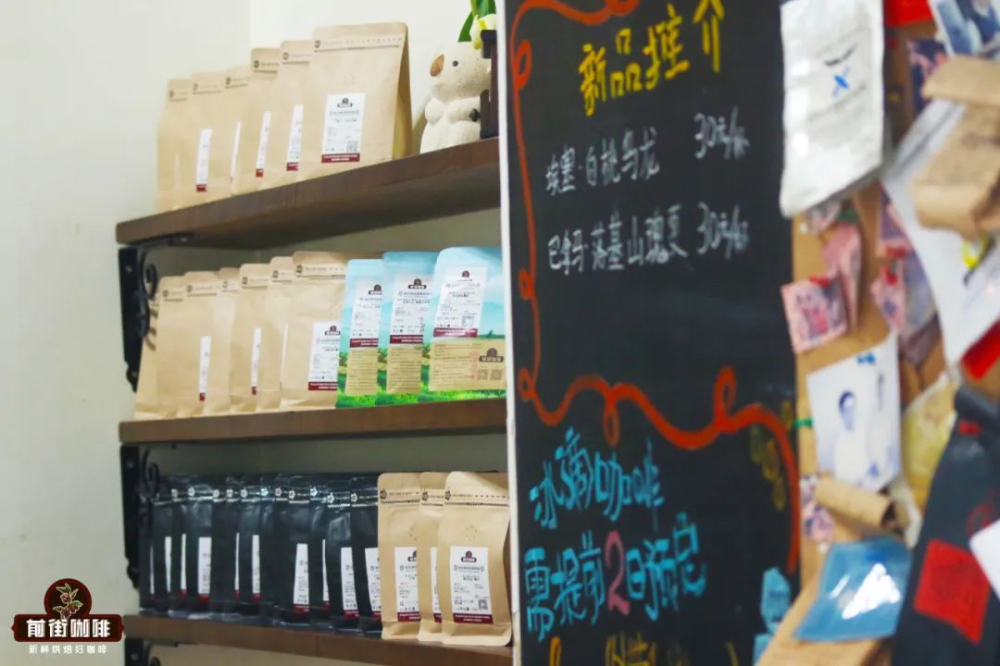
The choice of treatment method
Although the origin has been determined, you will still find that it is obviously the same manor (/ processing plant) of the same bean, but there are different treatments?
Different coffee treatments show different coffee flavors. The traditional treatments include sun exposure, water washing, honey treatment and anaerobic treatment, enzyme fermentation and barrel fermentation, which are common in the market in recent years.
Sun treatment is after sifting ripe and full coffee, the whole coffee fruit is sun-dried until its moisture content is 12% and then shelled and stored. So the coffee beans in the sun will retain more flavor, the sweetness is obvious, and the layers are more rich and full.
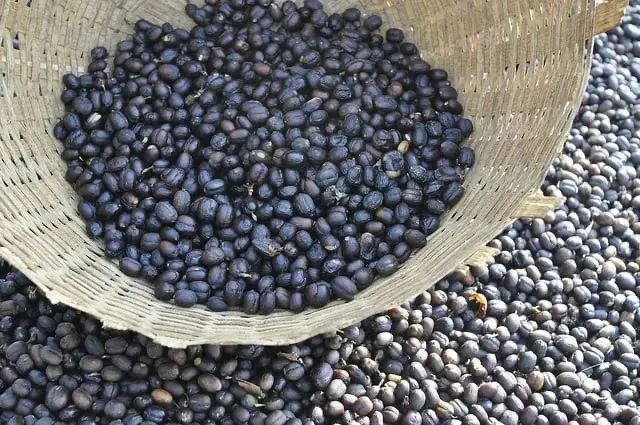
Washing treatment is to remove the skin and part of the pulp of the coffee fruit, put it into the fermentation tank or fermentation bucket, remove the pectin layer by fermentation, and finally dry to 12% moisture content. Washed coffee beans will have a higher acidity and cleaner flavor.

Honey treatment can be simply understood as the first removal of the peel and pulp of coffee fruit, retaining the pectin part for sun drying, the whole process of anhydrous treatment. As the peel is removed for sun exposure, the drying time is short. Honey-treated coffee beans are relatively sweeter and softer.
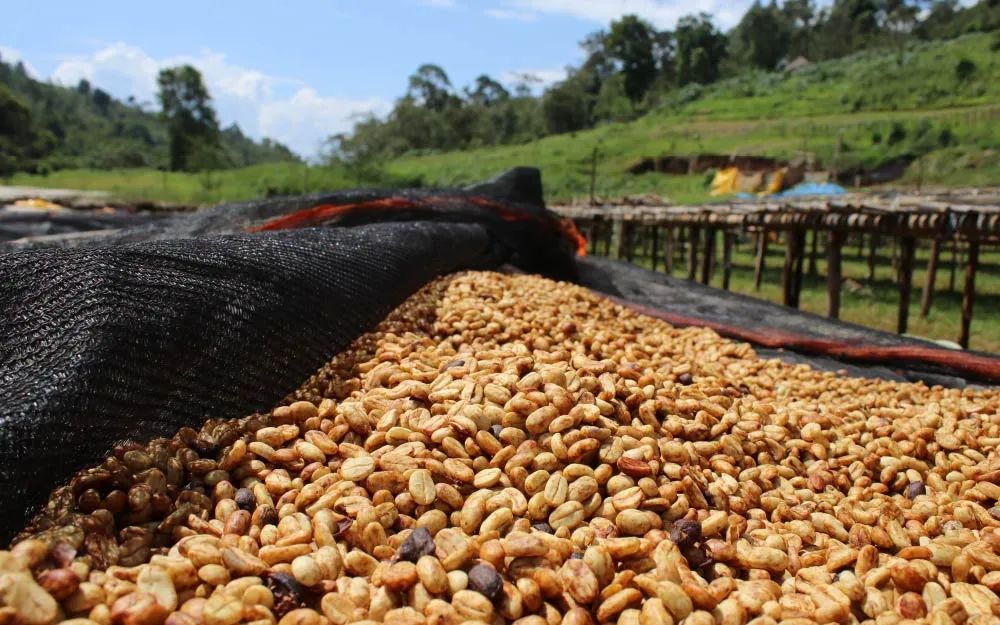
Before and after removing the pulp of coffee cherries, the anaerobic treatment is to put the coffee beans with pectin layer into an unsealed container, remove the oxygen, leaving only carbon dioxide, and let the anaerobes help the coffee beans to ferment for a period of time. Anaerobic treated coffee generally shows very highly discriminative aromas of berries and flowers.

Barrel fermentation treatment is to put the coffee beans into the barrel which is fermented for a period of time, the barrel fermentation of coffee generally shows the charm of the barrel, chocolate.
Qianjie suggests that beginners can start with the most traditional treatment: tanning and washing. In the same producing area, washing is the basic and main flavor of a bean, and the sun adds aroma on the basis of washing, which is why Qianjie gives priority to the batch of washing treatment when customizing the rations bean series.
Selection of baking degree
The same kind of coffee, different roasting degree, there will be a great difference in flavor. Different raw coffee beans have different roasting requirements according to the characteristics of coffee beans.
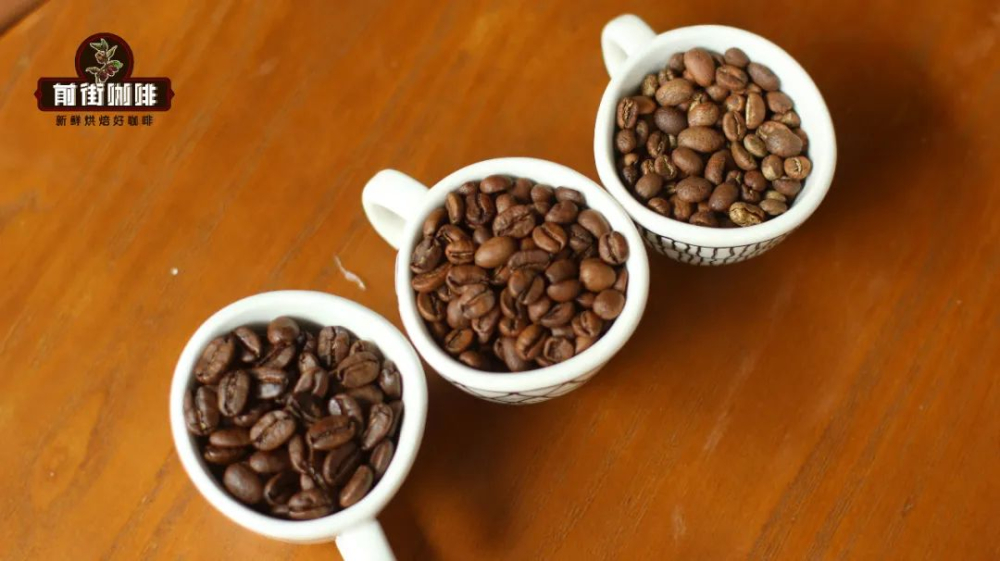
For example, Qianjie uses light baking in order to highlight the acidity of lemon and citrus, and the rich aroma of flowers and fruits. Moderate roasting, the caramelization in the coffee is just right with Maillard's reaction, and the overall flavor is more balanced, such as the Papuan bird of paradise in front street coffee, with the sweetness of toast and the sweetness of nuts. Slightly sour, the overall sweet and sour feeling, the taste is rich and balanced. The deep-baked beans have long baking time, high temperature and more bitter taste. Gold Manning from Indonesia in Qianjie is the heavyweight representative of deep baking, which has a strong caramel flavor and a full, smooth and mellow taste.
The choice of price
As a novice player in the beginning, if your cooking theory is not solid enough, your technique is not stable enough, and your flavor appreciation ability is not enough, if you buy expensive beans, you are worried that you will not be able to flush well, and you will not be able to recognize any flavor, but you also hope to help yourself practice. Then a bag of beans with high performance-to-price ratio is particularly important.
According to previous street experience, instead of challenging expensive manor beans, newcomers should start with representative and relatively inexpensive batches, so that they do not have to worry about overturning and serve as daily rations. After you have skillfully mastered the cooking skills, you can continue to have an in-depth understanding of your favorite producing areas or estates, drink beans with higher prices (grades), and then dig your own bean list.
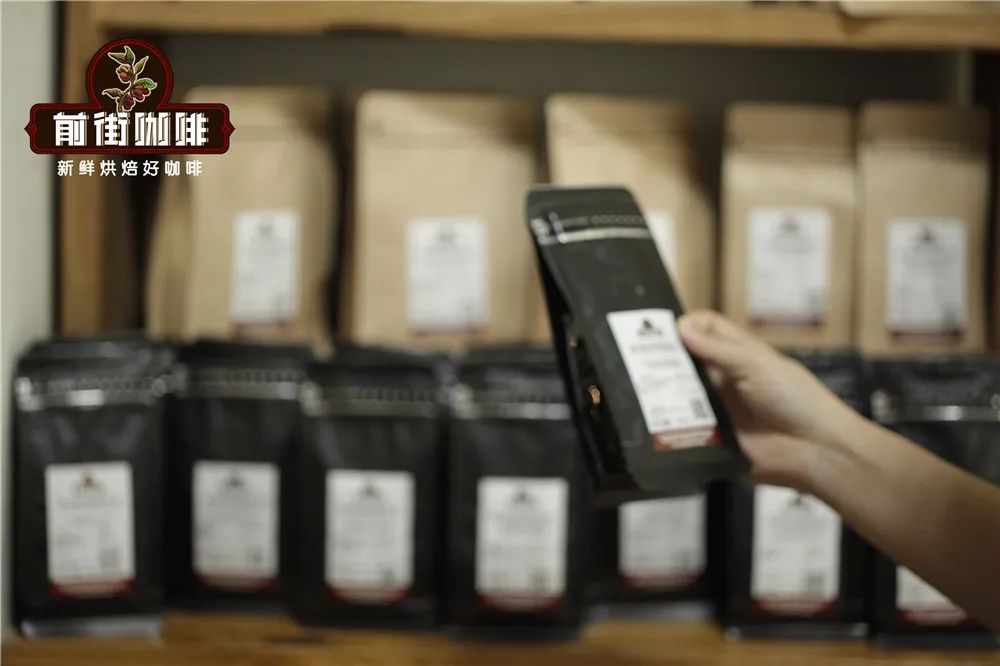
-END-
Front Street Cafe
No. 10 Baoqian street, Yandun road, Dongshankou, Yuexiu district, Guangzhou, Guangdong province
Important Notice :
前街咖啡 FrontStreet Coffee has moved to new addredd:
FrontStreet Coffee Address: 315,Donghua East Road,GuangZhou
Tel:020 38364473
- Prev
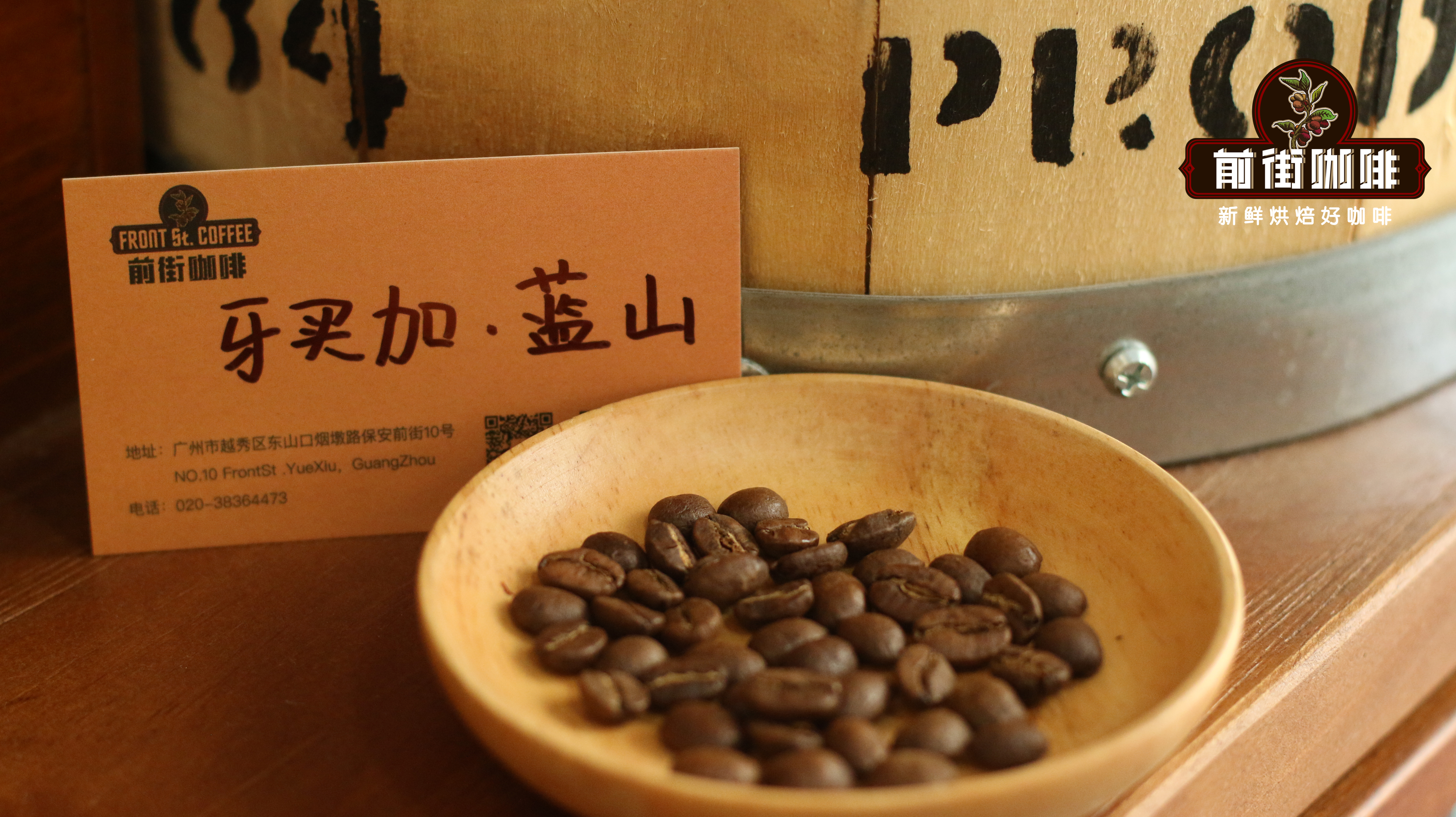
Can only Japan buy real Blue Mountain Coffee? What are authentic Jamaican Blue Mountain coffee beans?
Whenever Qianjie talks about Blue Mountain Coffee with friends who don't drink coffee very often, there is always a saying: "most of the Blue Mountain Coffee in the Chinese market is not real, because 90% of the Blue Mountain coffee is bought by the Japanese market every year, and the remaining 10% goes to the European and American markets." Is this statement accurate? The front street is big.
- Next

How to choose coffee beans when making cold coffee? What kind of coffee beans are suitable for making cold coffee?
Some time ago, Qianjie shared an article on how to make cold extract coffee, and backstage, many friends began to ask how to choose beans. Well, let's analyze and answer this question with you today. As a low-temperature immersion extraction, with the extension of time, the types of acids will gradually decrease, so the cold-extracted acids
Related
- Guji coffee producing area of Guji, Ethiopia: Humbela, Shakiso, Wulaga
- What is the most expensive variety of Qiloso in BOP multi-variety group?
- How to store the coffee beans bought home?
- Why are Yemeni coffee beans so rare now?
- Ethiopian Sidamo all Red Fruit Sun Sun Santa Vini Coffee beans
- SOE is mostly sour? What does it mean? Is it a single bean? what's the difference between it and Italian blending?
- Is Italian coffee beans suitable for making hand-brewed coffee?
- How to choose coffee beans when making cold coffee? What kind of coffee beans are suitable for making cold coffee?
- Just entered the pit to make coffee, what kind of coffee beans should be chosen?
- Can only Japan buy real Blue Mountain Coffee? What are authentic Jamaican Blue Mountain coffee beans?

